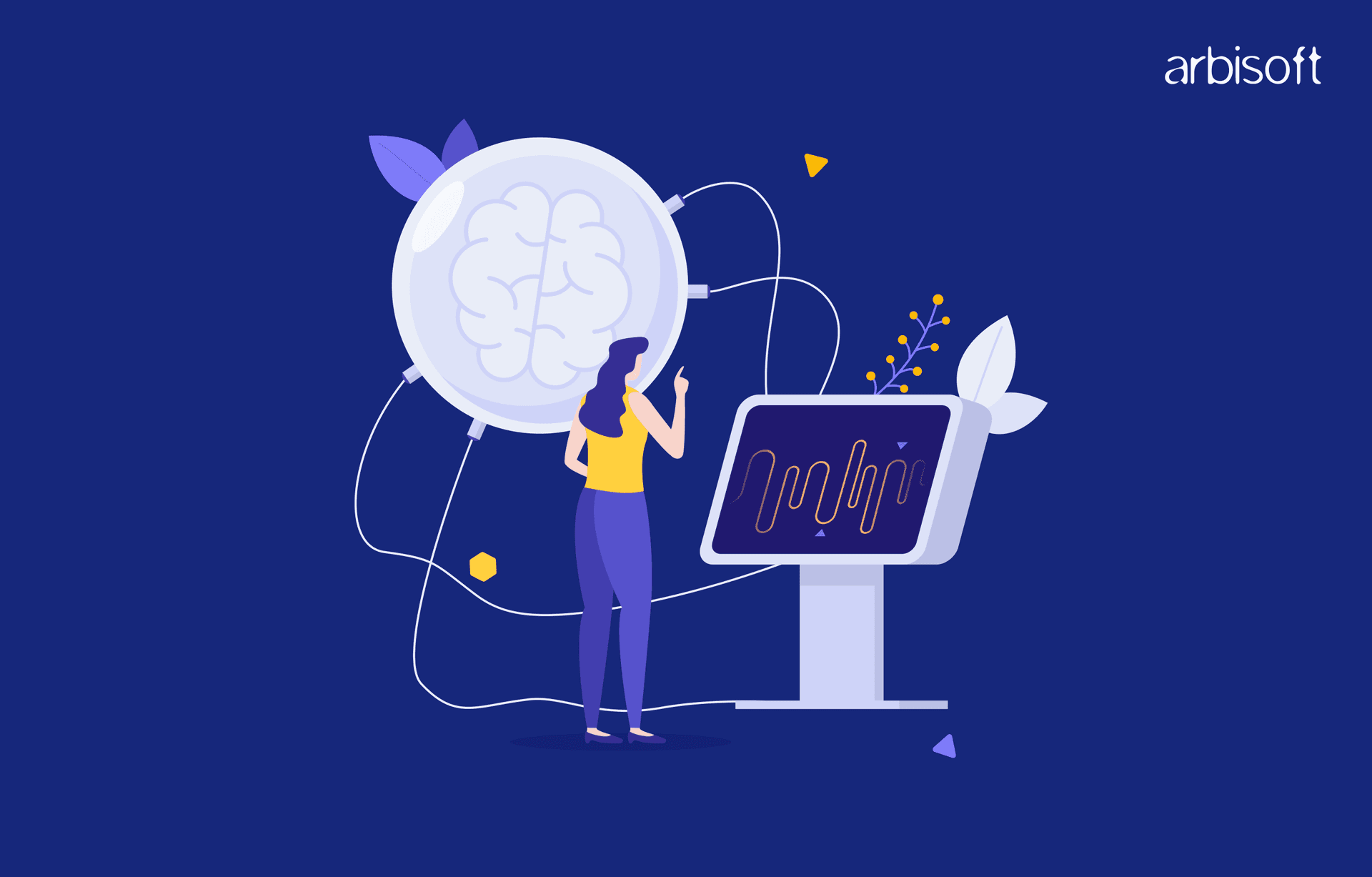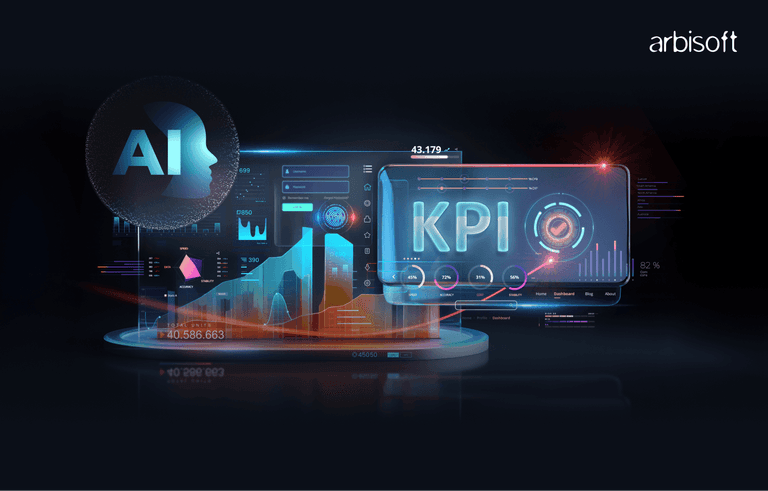We put excellence, value and quality above all - and it shows




A Technology Partnership That Goes Beyond Code

“Arbisoft has been my most trusted technology partner for now over 15 years. Arbisoft has very unique methods of recruiting and training, and the results demonstrate that. They have great teams, great positive attitudes and great communication.”
AI Model Compression Part IV: The Birth of Memory - From Simple Patterns to Sequential Understanding

The Challenge of Time and Memory
In ancient storytelling, every part builds on what came before. The Greek bards who recited the Iliad didn’t just say words; they made sure each moment connected to the larger story. This ability to keep everything connected over time became a big challenge for artificial intelligence later on.
Building on the foundations of neural computation and optimization, the next challenge in AI development was to incorporate memory, enabling models to understand and retain context over time.
The Limitations of Simple Networks
Our early neural networks, like babies, focused only on the present. Each input was processed on its own, without any connection to what came before or after. It’s like trying to understand a sentence by looking at each word on its own.
Traditional Neural Network Processing:
"The" → Process → Output
"cat" → Process → Output
"sat" → Process → Output
No connection between words, and no understanding of sequence.
This was the fundamental limitation that gave birth to Recurrent Neural Networks (RNNs); the first artificial systems with memory.
The Mathematics of Memory
The Simple Recurrent Cell: First Steps Toward Memory
The basic RNN brought a big breakthrough: it didn’t just look at the current input, but also remembered and used information from the past to make better decisions.
h_t = tanh(W_hh * h_(t-1) + W_xh * x_t + b_h)
Where:
- h_t is the current hidden state (our memory)
- h_(t-1) is what we remember from before
- x_t is what we're seeing now
But this isn’t just math; it’s like the artificial version of a stream of consciousness. Just like Virginia Woolf’s writing, where the present moment flows into memory, the RNN tries to blend the past and present into a continuous understanding.
The Vanishing Gradient: The Tragedy of Forgetting
But here we hit a major limitation, one that’s very similar to how human memory works—a challenge that many predictive analytics solutions aim to address by linking past data with future trends. Just like how our memories of events from long ago become fuzzy or fade over time, the basic RNN had trouble connecting events that were far apart in their sequence. It struggled to remember and link things that happened many steps earlier.
The Vanishing Gradient Problem:
∂L/∂W ≈ ∏(diagonal(W))^t
As t (time steps) increases:
If eigenvalues < 1: Gradient → 0 (forgetting)
If eigenvalues > 1: Gradient → ∞ (chaos)
This mathematical formula tells a deeply human story: the struggle to keep track of long-term connections and understand cause and effect over time. It’s the same challenge a detective faces when piecing together distant clues or a historian when tracing the threads of events across centuries.
























